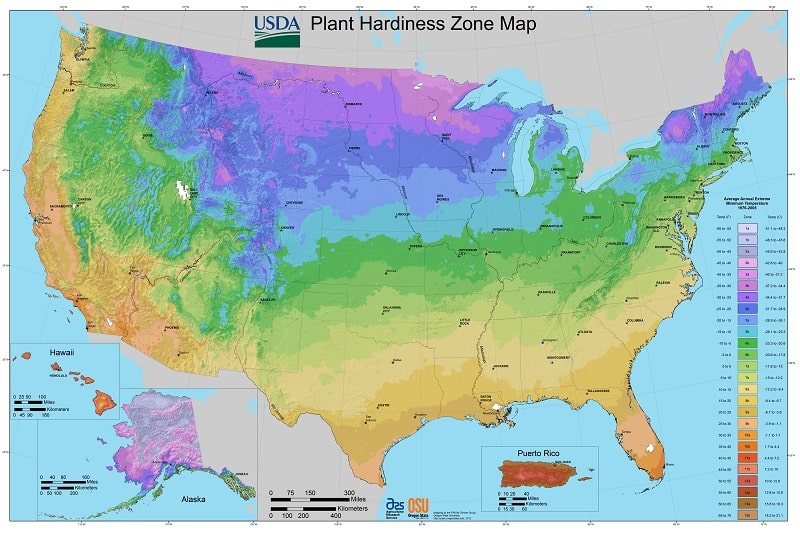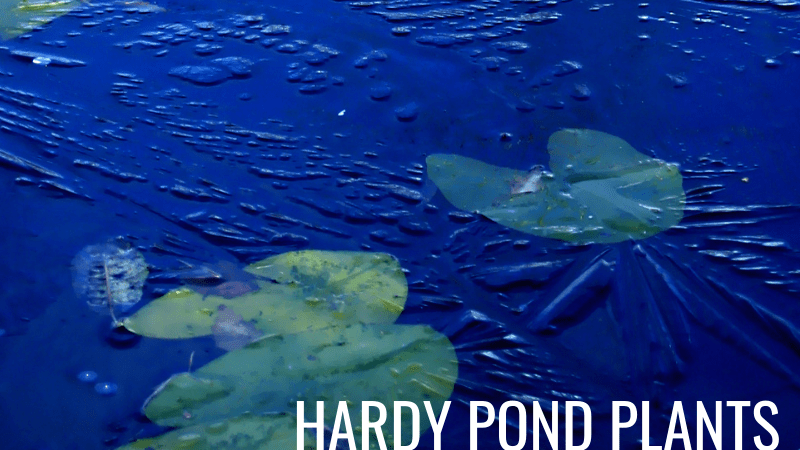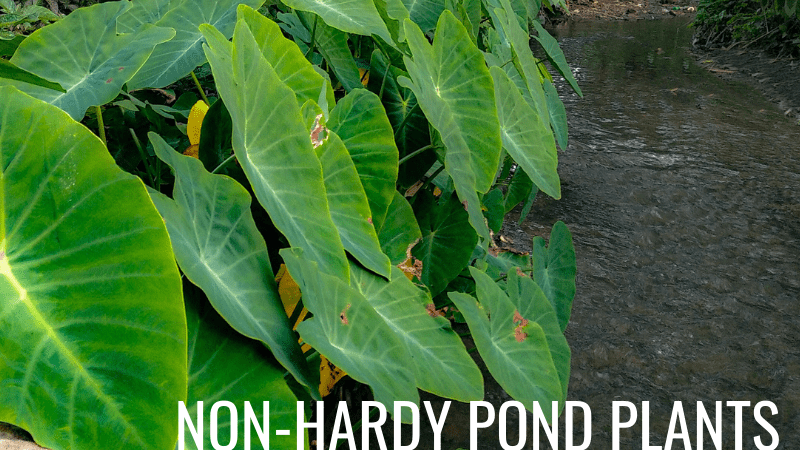How to Keep Pond Plants Alive Over Winter (Easy Care Tips)
It's important to prepare your pond plants for the cold weather before winter sets in.
But, how you prepare them for winter will depend on the type of aquatic plants you have in your pond.
So, let's learn how to keep pond plants alive over winter with our easy-to-follow guide!
How to Winterize Pond Plants
Pond plants can survive winter with proper care, whether that be lowering them into your pond, removing them and bringing them indoors, or in some cases, leaving them be.
But, before we get into the finer details of overwintering pond plants, it's important to winterize the pond itself. This will help keep your pond's ecosystem healthy, help keep your pond fish alive in winter, and, of course, help any plants you plan on overwintering in your pond.
To winterize a pond:
- Remove leaves and debris from your pond.
- Trim back any dead or dying foliage from your pond plants.
- Add cold water beneficial bacteria (optional).
- If you fertilize your pond plants, stop once the water temperature hits around 60 degrees F (16 degrees C).
- If you shut your pump down during winter, now is the time to do that, along with removing it from the pond, cleaning it, and properly storing it.
- Remove and clean any filter media.
- Add a pond heater or de-icer to your pond if needed (so it doesn't completely freeze over, allowing for proper gas exchange). Learn how to heat a pond in winter for more information.
Check out our guide on how to winterize a pond step-by-step for more detailed information.
Once your pond is properly winterized, we can now concentrate on your pond plants.
How you winterize your pond plants will depend on the type of plants you have, which at a high level, we can break down into two different categories - hardy pond plants and non-hardy pond plants.
Winter hardy pond plants are perennials that will grow or survive and become dormant in the cold winter months. Non-hardy plants, on the other hand, will die if left out in winter.
Furthermore, your location will determine if a plant is hardy in your zone. We can refer to the USDA's Plant Hardiness Zone Map to see what zone you live in.

Essentially, any plants that are hardy in your zone can be left in your pond. Any non-hardy plants will either need to be brought indoors or left to die off and replanted in Spring.
![]() IMPORTANT
IMPORTANT
For specific overwintering tips, check out our pond plant care and grow guides. You'll find plant-specific care and overwintering tips, plus how to properly plant each type.
Winterizing Hardy Pond Plants

You'll want to start winterizing your hardy pond plants when the first frost hits.
To winterize the majority of pond plants:
- Trim any dying or dead foliage from the plants. If overwintering hardy water lilies, you'll want to trim the plants down to the crowns.
- Sink the plant containers in the deepest part of your pond, where the water temperature is a few degrees warmer. It is recommended that the pond be at least 2 1/2 feet deep.
- Return the plants to their original location in Spring after the ice has melted.
![]() Tip
Tip
If your garden pond is too shallow to overwinter plants, you can store them in a styrofoam cooler in your garage at 40 degrees F (5 degrees C). Keep them cool, wet, and out of the light during this time.
Some marginal and bog plants, like Creeping Jenny, can actually be left in their location over the winter. Simply trim the plants to just above the water level. In spring, remove any dead or dying foliage from the plants.
Winterizing Non-Hardy Pond Plants

Non-hardy plants include tropical plants, plants not within your hardiness zone, and some floating pond plants like water lettuce.
You have two main options when dealing with non-hardy pond plants in winter:
- Move the plants indoors to prevent them from freezing and dying.
- Treat them as annuals and compost them and replace them in spring.
If you decide on the former, remove the plants from the pond before the first frost hits and bring them indoors. For pond plants to survive over the winter, they must remain in the water and at a temperature of at least 65 degrees F (18 degrees C). Depending on the type of water plants, they may need up to 10-14 hours of sunlight per day. You can return the plants to your pond or water garden in spring.




